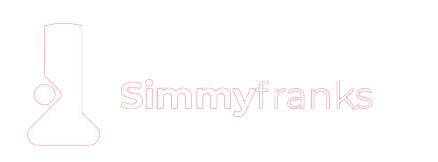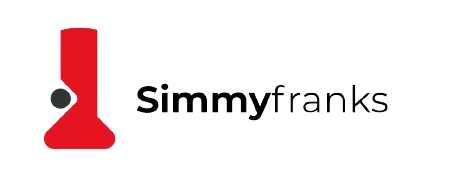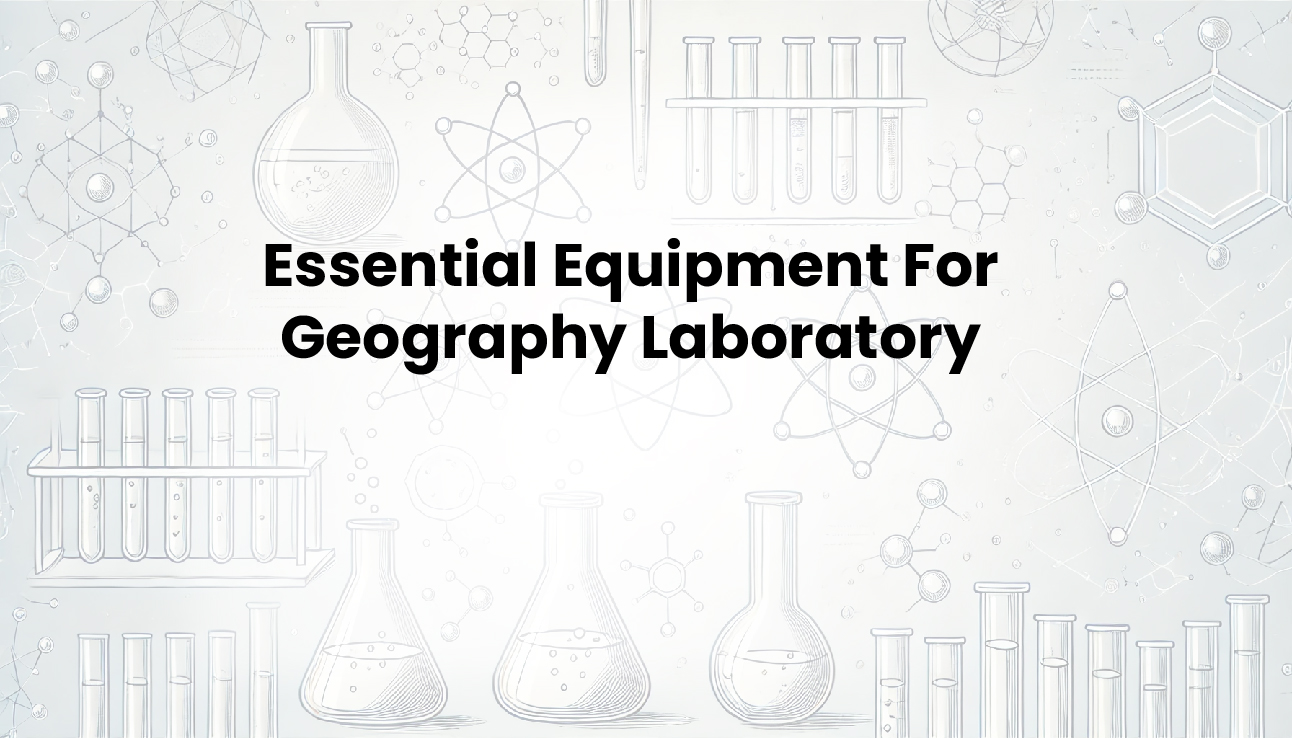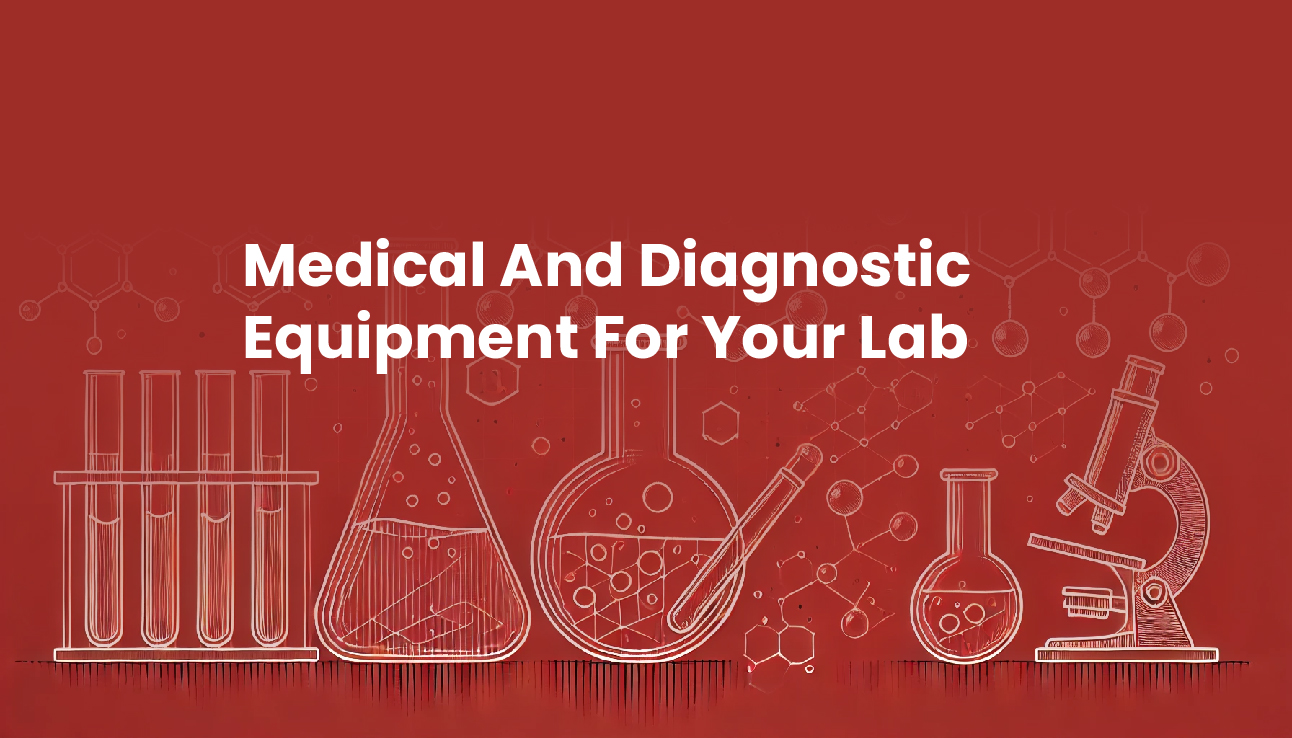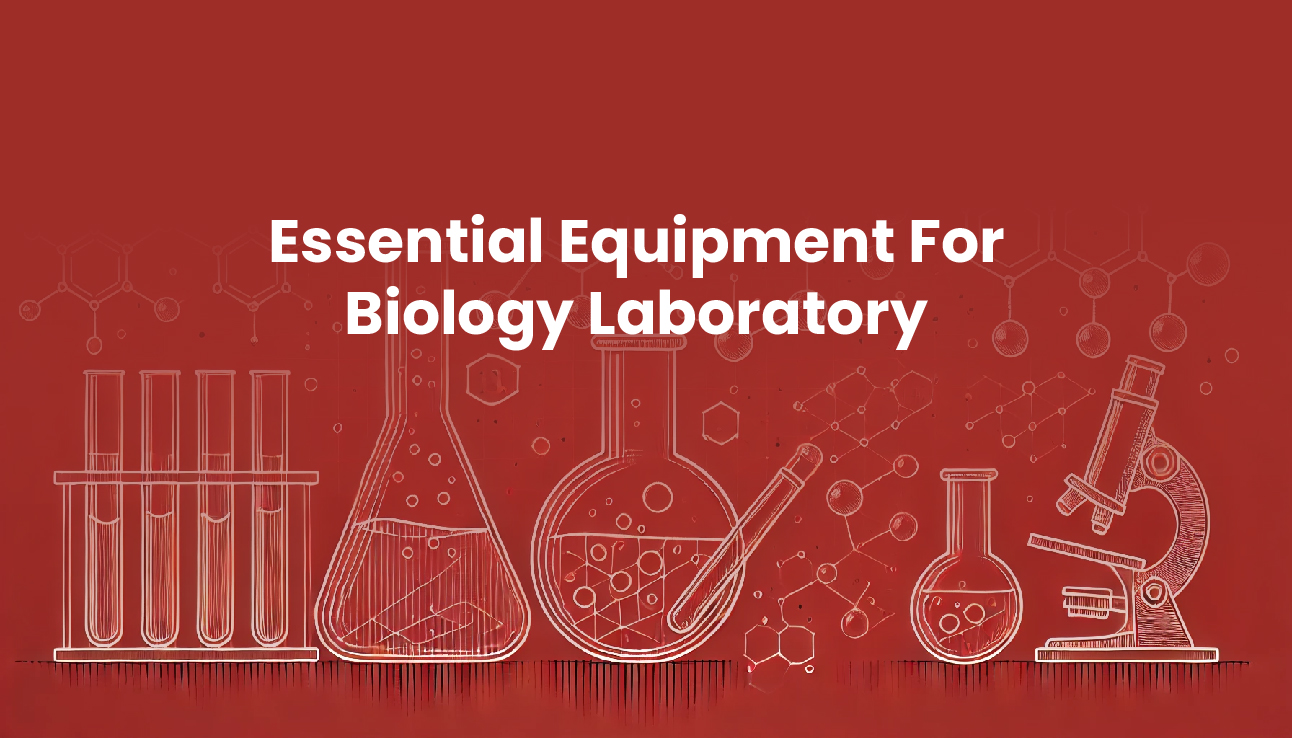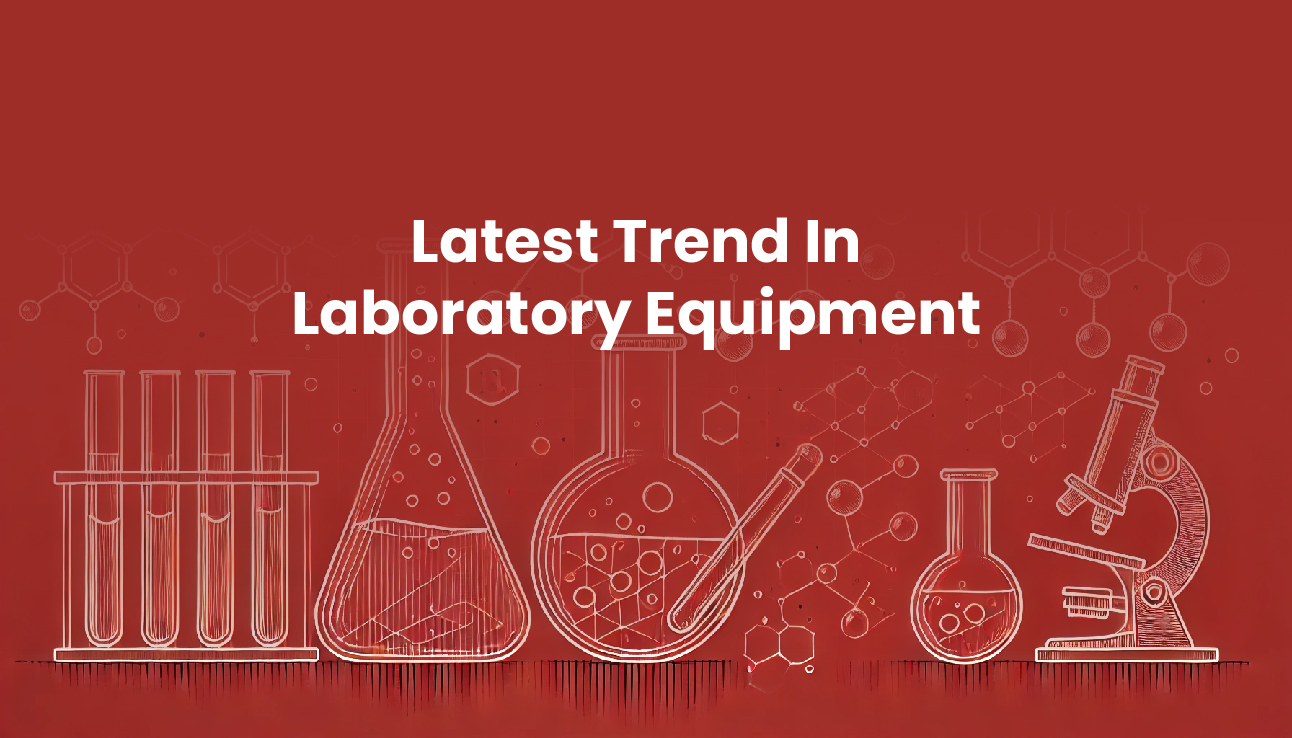Precision and accuracy are paramount in scientific research and industrial applications. Whether in pharmaceuticals, environmental testing, or manufacturing, measurement reliability can significantly impact outcomes, safety, and compliance with regulatory standards. One of the critical processes that underpins measurement reliability is laboratory calibration.
This article delves into the importance of laboratory equipment calibration, its processes, and best practices to ensure accurate and consistent results.
What is Laboratory Equipment Calibration?
Laboratory calibration is the process of verifying and adjusting the accuracy of measuring instruments and equipment. This process involves comparing the measurements obtained from a device against a known standard or reference. Calibration ensures that the instruments provide accurate readings within specified limits, which is essential for maintaining the integrity of experimental results and ensuring compliance with industry standards.
Types Of Laboratory Equipment Calibration
Here are the types of laboratory calibration:
Instrument Calibration
- Pipette calibration
- Spectrophotometer calibration
- Balance calibration
- Thermometer calibration
- pH meter calibration
- Autoclave calibration
- Microscope calibration
- Chromatography system calibration (e.g., HPLC, GC)
- Mass spectrometer calibration
- Atomic absorption spectrometer calibration
Equipment Calibration
- Incubator calibration
- Oven calibration
- Refrigerator calibration
- Freezer calibration
- Centrifuge calibration
- Shaker calibration
- Water bath calibration
- Heating/cooling system calibration
Method Calibration
- Chromatography method calibration
- Spectroscopy method calibration (e.g., IR, UV-Vis)
- Titration method calibration
- Electrochemistry method calibration
- Molecular biology method calibration (e.g., PCR, qPCR)
Software Calibration
- Data analysis software calibration
- Instrument control software calibration
- Laboratory information management system (LIMS) calibration
System Calibration
- Laboratory information management system (LIMS) calibration
- Laboratory automation system calibration
- Data acquisition system calibration
Functional Calibration
- Functionality testing of instruments/equipment
- Verification of instrument/equipment performance
Certification and Verification
- ISO 17025 certification
- NIST traceability verification
- Manufacturer’s certification
Other Types of Laboratory Equipment Calibration
- Preventive maintenance calibration
- Routine calibration
- As-found/As-left calibration
- Verification of calibration
These types ensure laboratory instruments, equipment, and methods operate accurately and reliably.
Calibration Standards and Reference Materials
Laboratories rely on standardized reference materials and calibration standards, such as:
- National Institute of Standards and Technology (NIST)
- International Organization for Standardization (ISO)
- American Society for Testing and Materials (ASTM)
- In-house reference materials
The Importance of Laboratory Equipment Calibration
1. Accuracy and Precision:
Calibration helps to ensure that instruments provide accurate and precise measurements. This is crucial in pharmaceutical fields, where even minor discrepancies can lead to significant consequences.
2. Regulatory Compliance:
Many industries are governed by strict regulations that require regular calibration of equipment. Compliance with these regulations is essential to avoid legal repercussions and maintain quality assurance.
3. Quality Control:
Regular calibration is a key component of quality control processes. It helps identify any measurement deviations that could affect product quality, thereby minimizing waste and ensuring consistency.
4. Safety:
In fields such as environmental testing and healthcare, accurate measurements are vital for safety. Calibration helps to ensure that instruments used to detect hazardous substances or monitor health parameters are functioning correctly.
5. Data Integrity:
Reliable data is the foundation of scientific research. Calibration helps to maintain the integrity of data collected during experiments, which is essential for drawing valid conclusions and making informed decisions.
The Laboratory Equipment Calibration Process
The calibration process typically involves several key steps:
1. Preparation:
Before calibration, it is essential to prepare the instrument and the environment. This includes cleaning the equipment, ensuring it is functioning correctly, and setting up the necessary standards.
2. Selection of Standards:
Calibration requires the use of reference standards that are traceable to national or international standards. These standards should be appropriate for the specific measurements being taken.
3. Measurement:
The instrument is then used to take measurements of the reference standards. These measurements are compared to the known values of the standards.
4. Adjustment:
If discrepancies are found between the instrument’s measurements and the reference standards, adjustments are made to bring the instrument back into alignment with the standards.
5. Documentation:
After calibration, it is crucial to document the process, including the results, adjustments made, and any relevant observations. This documentation serves as a record of compliance and can be essential for audits and inspections.
6. Regular Recalibration:
Calibration is not a one-time event. Instruments should be recalibrated at regular intervals or whenever they are subjected to significant changes in conditions, such as temperature fluctuations or physical shocks.
Best Practices for Laboratory Equipment Calibration
1. Establish a Calibration Schedule
Develop a regular calibration schedule based on the frequency of use, the criticality of measurements, and manufacturer recommendations.
2. Use Qualified Personnel
Ensure that calibration is performed by trained and qualified personnel who understand the specific requirements of the instruments and the calibration process.
3. Maintain a Calibration Log
Keep a detailed log of all calibration activities, including dates, results, and any adjustments made. This log is essential for tracking instrument performance over time.
4. Implement a Quality Management System
A robust quality management system can help streamline calibration processes, ensuring that all instruments are calibrated consistently and in compliance with relevant standards.
5. Stay Informed
Keep up to date with advancements in calibration techniques and standards. Continuous education and training can help laboratory personnel maintain high standards of accuracy and reliability.
Common Laboratory Equipment Calibration Challenges and Solutions
Here are the calibration challenges and their solutions:
1. Instrument Drift and Instability
Challenge: Instruments can drift or become unstable over time, affecting calibration accuracy.
Solution: Regular maintenance and verification, implementation of automated calibration systems, and instrument replacement or upgrade.
2. Human Error and Variability
Challenge: Human error and variability can impact calibration accuracy.
Solution: Training and competency programs, standardized operating procedures (SOPs), quality control and quality assurance processes, and performance evaluations and feedback.
3. Resource Constraints and Budget Limitations
Challenge: Limited resources and budget can hinder calibration efforts.
Solution: Prioritize calibration needs, outsource calibration services, invest in calibration equipment and software, and budget planning and allocation.
4. Technological Advancements and Updates
Challenge: Keeping up with new technologies and calibration methods.
Solution: Stay informed about the latest calibration methods and standards, implement new technologies (e.g., AI, IoT), collaborate with calibration experts, and participate in calibration workshops and conferences.
5. Lack of Standardized Procedures
Challenge: Inconsistent calibration procedures lead to errors.
Solution: Develop and implement standardized calibration procedures, quality control checks, regular audits and assessments, and continuous monitoring and improvement.
6. Insufficient Training and Competency
Challenge: Personnel lack necessary training and competency.
Solution: Provide training and competency programs, performance evaluations and feedback, and mentorship opportunities.
7. Inadequate Documentation and Record-Keeping
Challenge: Poor documentation and record-keeping hinder calibration tracking.
Solution: Implement electronic documentation systems, maintain detailed records, and regular audits and assessments.
8. Environmental Factors
Challenge: Environmental factors (temperature, humidity, etc.) affect calibration.
Solution: Control environmental factors, use environmental chambers, implement vibration isolation systems, and electromagnetic interference (EMI) shielding.
9. Interference from External Sources
Challenge: External interference affects calibration accuracy.
Solution: Use shielding materials, implement noise reduction techniques, and relocate instruments to minimize interference.
10. Complexity of Calibration Procedures
Challenge: Calibration procedures are complex and time-consuming.
Solution: Simplify procedures, automate calibration processes, provide training and competency programs, and collaborate with calibration experts.
Future Trends in Laboratory Equipment Calibration
Here are some future trends in calibration:
Technological Advancements
- Artificial Intelligence (AI) and Machine Learning (ML) integration
- Internet of Things (IoT) connectivity for remote calibration
- Automation and robotics in calibration processes
- Advanced data analytics for predictive maintenance
- Virtual and augmented reality training for calibration technicians
Digitalization and Software
- Cloud-based calibration management software
- Mobile apps for calibration data collection and analysis
- Electronic records and digital signatures
- Automated reporting and compliance tools
- Integration with Laboratory Information Management Systems (LIMS)
Industry 4.0 and Smart Laboratories
- Cyber-physical systems for real-time calibration monitoring
- Industrial Internet of Things (IIoT) for connected laboratories
- Digital twins for simulation-based calibration
- Autonomous laboratories with self-calibrating instruments
- Smart calibration sensors and devices
Get Your Laboratory Equipment From SimmyFranks: Your One-stop Destination
Laboratory equipment calibration is a fundamental aspect of scientific measurement that ensures accuracy, reliability, and compliance with regulatory standards. At SimmyFranks we offer professional calibration services for all your laboratory equipment.
We also offer a wide variety of laboratory equipment, ranging from laboratory furniture to the least of laboratory tools. Our products are sourced from trusted and reputable manufacturers, and we offer competitive pricing for all our products without compromising on the quality of the product.
Laboratory Equipment Calibration: FAQ
Can Calibration be Performed In-House?
Yes, calibration can be performed in-house if the laboratory has the necessary expertise, equipment, and standards. However, many laboratories choose to outsource calibration to specialized service providers to ensure compliance with industry standards and to benefit from their expertise.
What are the Consequences of Not Calibrating?
Failing to calibrate instruments can lead to:
- Inaccurate Results: This can compromise research findings and product quality.
- Regulatory Non-Compliance: This can result in fines, penalties, or loss of certification.
- Increased Costs: Inaccurate measurements can lead to waste, rework, and potential safety issues, ultimately increasing operational costs.
How Can I Ensure My Laboratory is Compliant with Calibration Standards?
To ensure compliance with calibration standards:
- Develop a Calibration Schedule: Create a timeline for regular calibration based on equipment type and usage.
- Maintain Documentation: Keep detailed records of all calibration activities, including dates, results, and any adjustments made.
- Train Staff: Ensure that laboratory personnel are trained in calibration procedures and understand the importance of accuracy.
- Stay Informed: Keep up-to-date with industry standards and regulations that may affect calibration practices.
